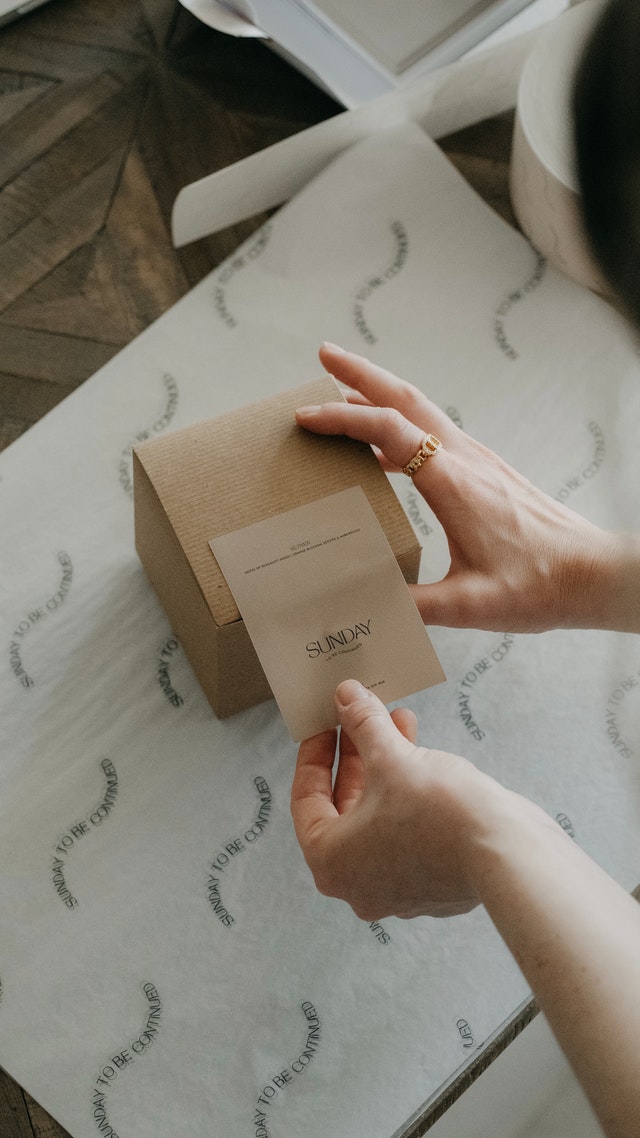What is product packaging?
Product packaging encompasses science, art, and technology. It includes the science of enclosing a product and the art of crafting meaningful designs and technology for creating your information architecture. It is a way you present your product to the customer.
Every packaging has a story through its text, colors, graphics, touch, and smell. In addition, it helps to handle and store the product. For most people, packaging refers to only the physical items, including glass bottles or boxes with the product inside. However, it also includes the grouped products bought in a single unit for a specific target audience.
Pre-requisites for packaging
Some fundamental thinking factors before starting product packaging are:
Type of product:
- Size, shape, material, delicacy of goods
The target audience of the product:
- Gender: men/women/both
- Age: Children/adults/elderly
Finances/budget:
- The frequency range of income
- Where is the product displayed and bought?
Sourced through which product is bought:
- Online, supermarket, or convenience store
How to evaluate your packaging design?
The packaging reveals a brand. It shows how the product is manufactured and the impact factor of the brand among competitors. Hence, product packaging should stand out among all comparable products and have a successful product redesigning branding history.
You should assemble information for the following in evaluating the perfect design:
Color:
Colors help to communicate a brand’s message instantly. There might be few colors in your logo/design, but the color palette defines the branding strategy. Include CMYK values/hex codes for all hues, as they are used for printing.
Type of text/font:
Think about using appropriate fonts to specify the information. For example, product information should be in a box, weight or quantity in bold letters, and the product barcode in a big font.
You must conduct market research for your inspiration for every font style or image you prefer.
Brand Logo:
It is the center point for packaging and should be kept as a vector file to avoid pixels in the image.
Material:
You need to decide on the packing material for packaging, including cardboard, paperboard, plastic, bio-degradable, clamshells, foil, or boxes.
Finances:
The foremost question you should consider is how much the expenses are on package design and what will be the ROI for the business.
The finances are divided into one-time and per-item costs:
- One-time payments are only once unless you decide to change the design—for example, payments for printing setup or stamps.
- Per-item costs include payments for materials and the workforce involved in packaging; for example, payments for every individual involved in the packaging process or boxing products in packages.
Easy steps for Packaging Design Process:
Once you have your data and brainstormed all aspects, you can follow these steps for creating functional design packages:
Step 1: Select product packaging and packaging layers:
- State of product:
Pick and choose appropriate product packaging while being creative. For instance, if it is a fizzy drink, you might select between plastic bottles or aluminum tin. Similarly, for juice, companies have turned towards introducing juice packets.
Choose an appropriate box/container with accurate measurements and material.
- Select the number of packaging layers required for the product, which includes:
- External packaging; a shopping bag or a shipping box
- Internal packaging; for extra protection of the product
Step 2: Market and competition analysis
Observe the companies selling a similar product as yours and think about how your packaging can stand out and attract more customers. Then, do a market analysis that can help you be eye-catching in a given budget and is ideal for your target audience.
Step 3: Get your printer ready.
Keep your designs in the required file formats for printing. For example, you may need PDF, PNG, or JPG formats with a specific template.
Step 4: Evaluation of the final look:
Always look for feedback for the final look and check for any amendments. Ask yourself the following questions:
- Does the packaging represent the correct product?
- Are the advertised product pictures real or manipulated?
- How will it look on an aisle among other products?
- Is it attracting the right target audience?
- Are design and packaging all-rounder?
Answering the above questions can help you understand if your efforts are commendable. If not, you can always start from the beginning and figure out the required changes.


